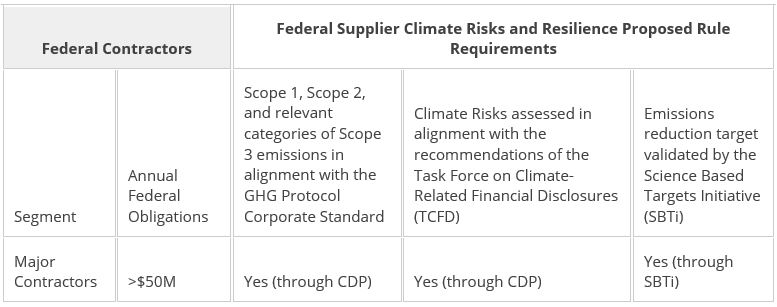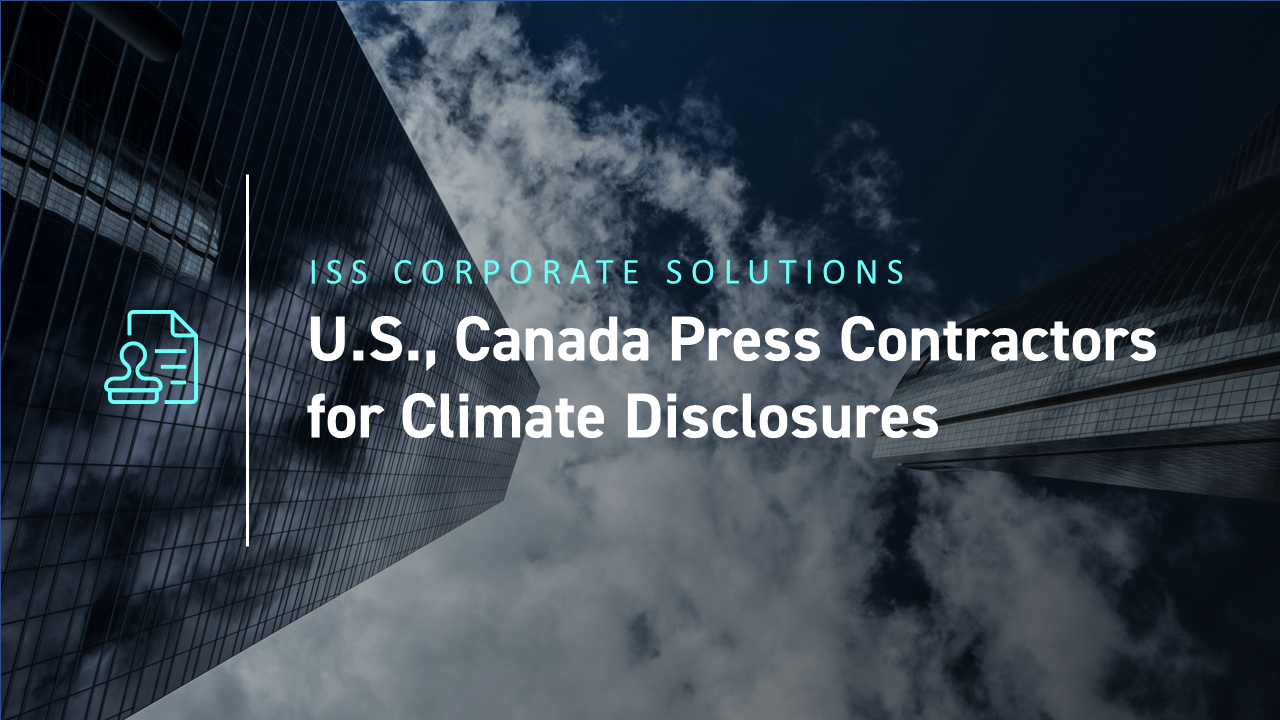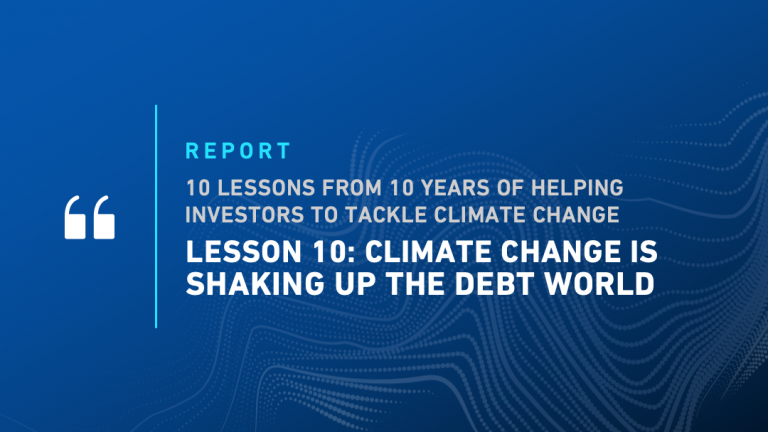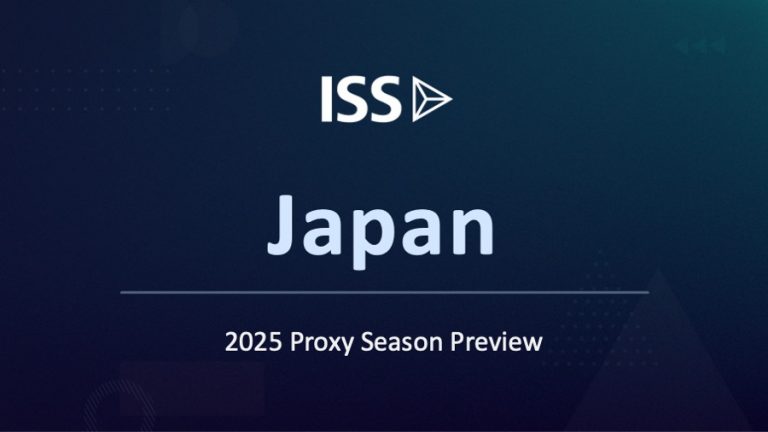As the global conversation on decarbonization and the responsibility of companies to achieve a Net Zero future continues to heat up, the federal governments of both the United States and Canada are attempting to leverage their procurement power to drive action.
Following the example of the Biden administration, the Canadian Federal Government will ask suppliers with contracts of CA$25 million or more to “measure and disclose their greenhouse gas emissions and adopt a science-based target to reduce greenhouse gas emissions in line with the Paris Agreement as part of participating in the Net-Zero Challenge or in an equivalent initiative or standard” from April 1 this year. The ‘Canadian Standard on the Disclosure of Greenhouse Gas Emissions and the Setting of Reduction Targets.’ announced at the end of February, closely resembles the Biden administration’s ‘Federal Supplier Climate Risks and Resilience Rule’ announced in November last year.
The Biden rule is likely to cover more suppliers, however. While U.S. Federal contractors with more than US$50 million in annual contracts will be required to disclose their carbon footprint, contractors with as little as $7.5 million will also be required to make disclosures. The larger contractors must set science-based emissions reduction targets (SBTi) and must disclose greenhouse gas (GHG) emissions under Scope 1, Scope 2, and relevant categories of Scope 3 as well as provide information on climate-related financial risks. Smaller contractors will be required to report only Scope 1 and 2 emissions.
Even before the new rule was announced, more than half of U.S. federal contractors were voluntarily disclosing climate risk data through CDP [formerly Carbon Disclosure Project]. The specific requirements of the rule are given in the table below.


Source: White House
The U.S. rule was open for comment until February 23 this year, and the date of its implementation has not been announced. All covered contractors must complete a GHG inventory and disclose annual Scope 1 and Scope 2 emissions within one year of the publication of the final rule in the Federal Register. The remaining requirements will go into effect two years after publication.
When implemented, the U.S. rule will cover around 85% of the emissions associated with the country’s federal supply chain, which are estimated to be more than twice as large as the government’s direct emissions.
There is no consultation process in Canada and the rule is looser in application. It says that federal government procurements covered by the rule should “incent suppliers to disclose their GHG emissions and set reduction targets” [our emphasis]. Suppliers can achieve these disclosures through participation in Canada’s Net-Zero Challenge or other equivalent standards or initiatives. More than 40 companies have already joined the Net Zero Challenge since its launch in August last year.
At the same time, Canada’s Treasury Board is introducing a ‘Standard on Embodied Carbon in Construction’ which will require major new government construction projects to report and reduce their carbon footprints. The standard will initially require the use of reduced-carbon concrete.
By: Paul Hodgson, Senior Editor, ISS Corporate Solutions




